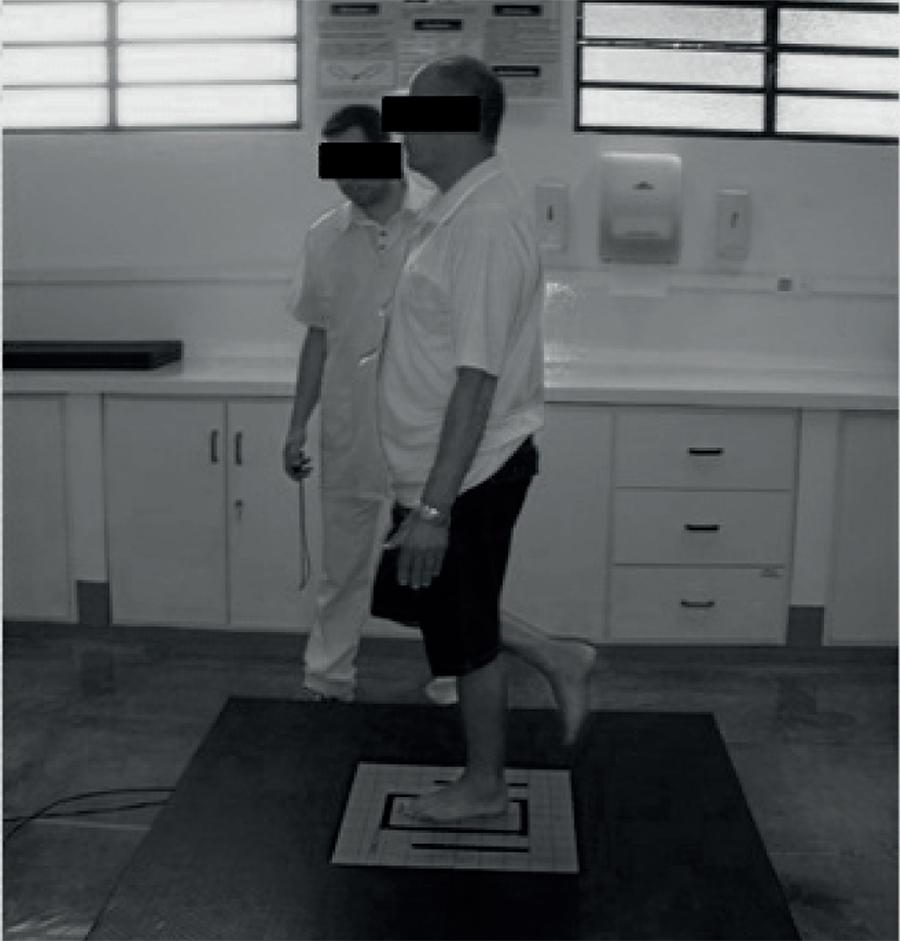Introduction
Falls are a serious public health problem.
Objective
The aim of this study was to evaluate whether elderly individuals with increased risk of falls have a postural balance deficit, evaluated using a force platform during a one-leg stance.
Materials and methods
The sample consisted of 94 physically independent elderly individuals from the EELO project. The instruments used were the Downton scale, in order to assess the risk as well as the history of falls, and the force platform to measure postural balance through parameters from the center of pressure (COP).
Results
Elderly individuals were split into two groups according to the score observed with the Downton scale: G1 — low fall risk (score ≤ 2) — and G2 — high fall risk (score > 2). No differences were observed between the groups concerning gender (P > 0.05, Chi Square test). On the other hand, individuals from G2 showed postural instability when compared to individuals from G1, and individuals from G2 showed higher values in all COP parameters analysed (Mann-Whitney test, P < 0.05).
Conclusion
It can be concluded that the Downton scale has sensitivity for identifying individuals with balance impairment as well as a risk of falls. Therefore, it may be suggested that this scale may be useful in primary health care for detecting falls in the elderly.
Aging; Accidental falls; Postural balance; Rehabilitation

